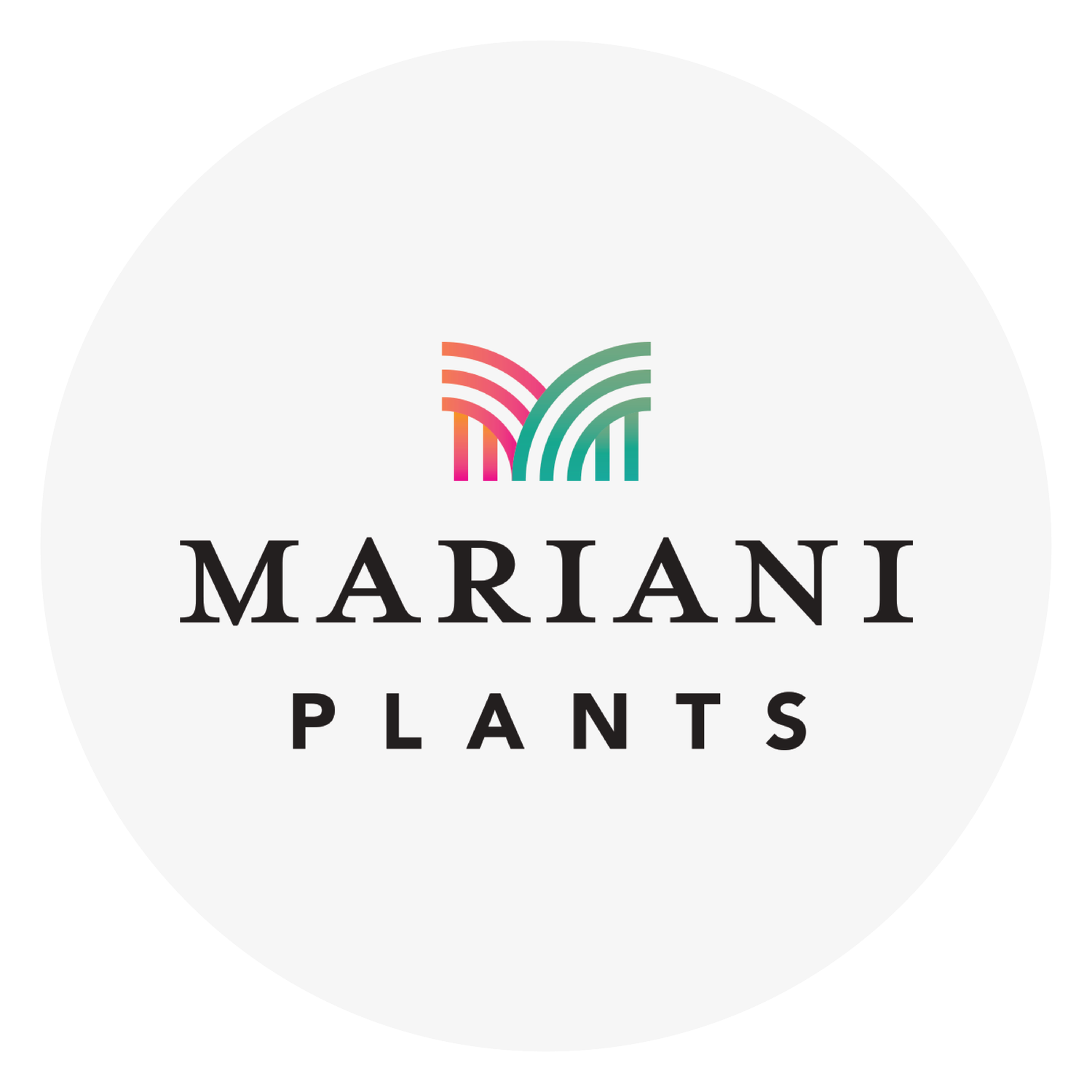Green Industry trends: Part 1
It’s the beginning of another new year, and with that comes a mix of emotions as we speculate about the year ahead. I think many of us feel hopeful, excited, and confident about 2022 as we take advantage of this singular moment in time when we have the entire year ahead of us. The challenges of 2021 are behind us now, and we still have time to fine-tune our plans for the upcoming season, blissfully unaware of the unique problems that 2022 may present us with. But there is also a degree of uncertainty that we face each year at this time as we find ourselves pondering how 2022 will go down in history.
While no one can truly predict what the future will bring, we do have the advantage of massive amounts of data at our disposal. In this age of information, we can track every click, every like, and every hashtag to gain an understanding of where trends are headed so that we can adjust our strategies to meet future demand. We’re fortunate that our industry has a number of organizations committed to analyzing and interpreting this information so that we can try to understand how shifting trends will specifically affect the green industry, and whether these trends are merely temporary phases or signs of permanent change. We’ve had a lot of fun reviewing the 2022 trend reports released by the Garden Media Group and the National Garden Bureau over the past several weeks, and the following are some of our major takeaways from these analyses.
We gained a lot of new gardeners since the pandemic began.
In fact, some estimates suggest that over 20 million Americans have taken up gardening for the first time over the past two years. Many of these beginner gardeners are driving demand for low-maintenance plants and anything that makes gardening simpler, such as grow kits or self-watering containers. Strategies such as creating recipe kits for container gardening or suggesting combinations for outdoor landscapes, such as pre- designed plant groupings for the backyard, are effective ways to simplify gardening and increase the likelihood of success for beginners.
Creating video content is an increasingly effective way to connect with consumers.
But we need to produce content that engages people and avoid creating content simply for the sake of it. According to Axiom, Facebook and YouTube (in that order) are still the two most popular social media platforms used by consumers when it comes to finding information about plants and gardening. Many predictions show that video will account for 82% of all internet traffic by 2022, and it’s important that we find ways to create quality content that attracts viewers and doesn’t get lost in the wide variety of content available. We know that ephemeral content like Facebook stories and short or temporary posts are trending right now; consumers like these types of unpolished conversations that make them feel more connected to the creators, and they can lose interest if videos are too long. We also know that beginning gardeners are driving demand for video content that informs and educates them. Whether it’s how to create a winter container display, clean up your beds for fall, or transplant boxwoods, people love how-to videos.
Demand for pollinator plants and natives is strong and is driven by an increasingly eco-conscious population of consumers.
Consumers want to feel that they are playing a part when it comes to combatting climate change, and they’re becoming more and more educated about what they can do to help in their own backyards. It’s not just about bees and Monarch butterflies anymore; home gardeners are educating themselves on how to create habitats for all kinds of pollinators, even moths and bats. We should continue to find ways to spotlight the natives, nativars, and pollinator plants we grow, sell, and design with, and integrate education and messaging about sustainability into our marketing strategies.
Whether we are growers, landscapers, retailers, or re-wholesalers, these types of trends impact all of us. Even if we aren’t working directly with homeowners, it’s important for us to understand who our end consumers are and what drives their purchasing decisions. We’re looking forward to talking about more of the most significant 2022 trends next time.

